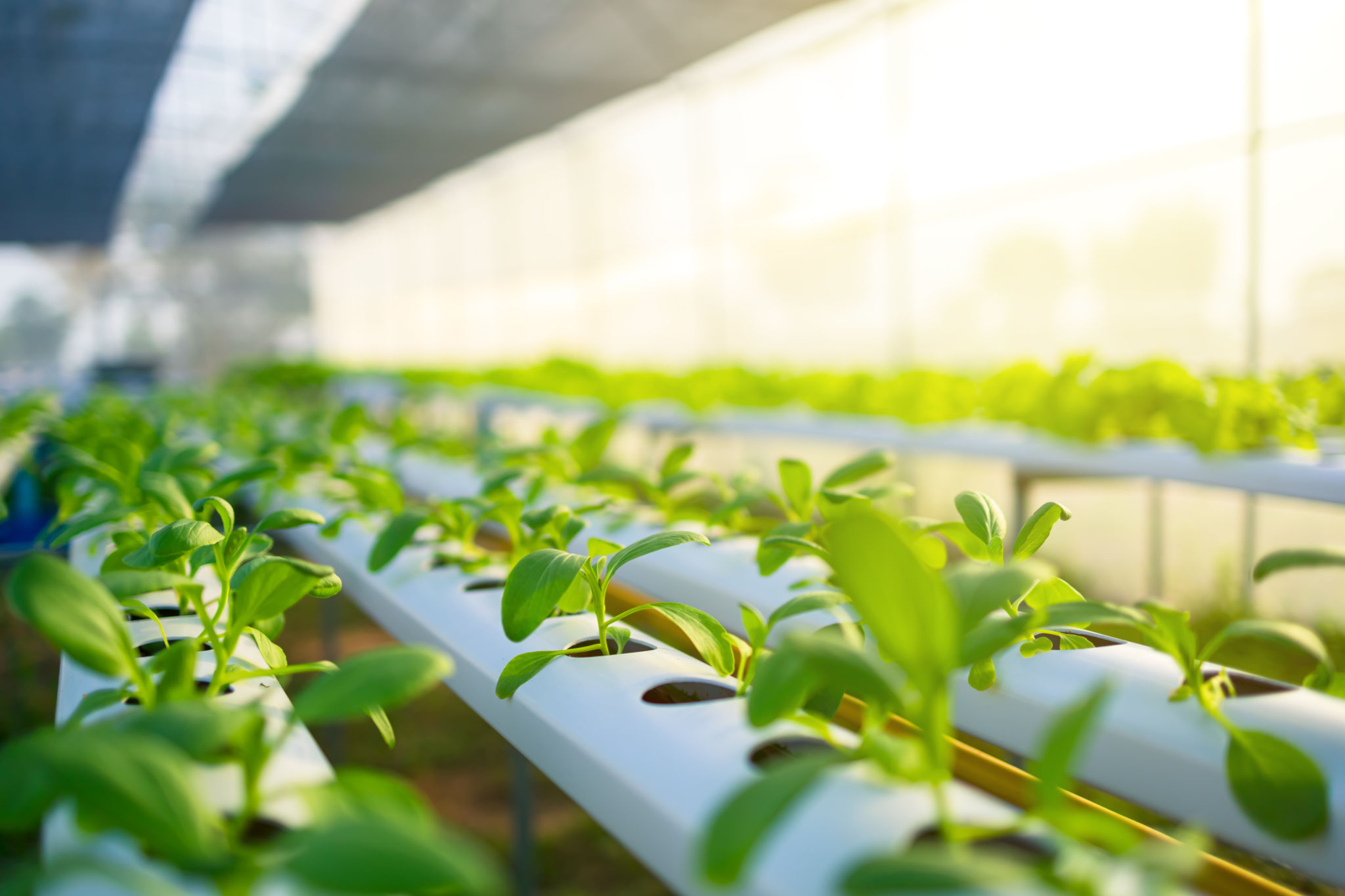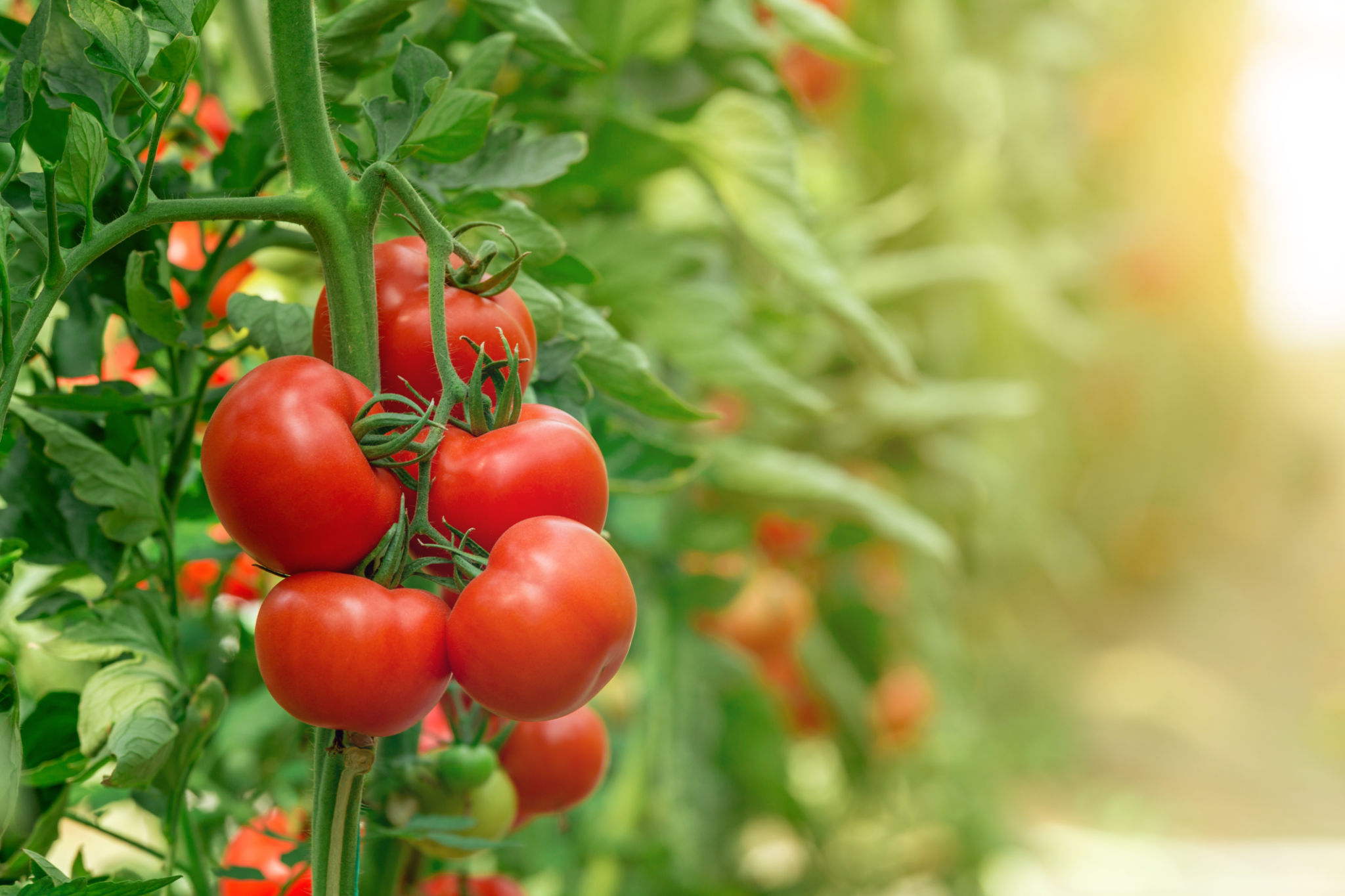The Science Behind Nutrient Film Technology in Hydroponic Farming
Introduction to Nutrient Film Technology
Nutrient Film Technology (NFT) is a revolutionary approach in hydroponic farming that has transformed the way we grow plants. By eliminating soil and using a continuous flow of nutrient-rich water, NFT offers several advantages such as increased efficiency and sustainability. This method is particularly popular for cultivating leafy greens and herbs, providing a consistent and controlled environment for optimal growth.
In the world of hydroponics, NFT stands out due to its simple yet effective design. It involves a shallow stream of nutrient solution that constantly flows over the roots of the plants. This ensures that the plants receive the necessary nutrients while maintaining adequate oxygen levels. The system not only conserves water but also reduces the need for chemical fertilizers.

The Science Behind Nutrient Film Technology
The core of NFT's success lies in its scientific foundation. The technology relies on the principle of capillary action, where the nutrient solution is drawn up to the plant roots through a thin film. This ensures that the roots have access to both nutrients and oxygen, which are crucial for healthy growth. The constant movement of the nutrient solution also helps prevent stagnation and reduces the risk of disease.
Another key aspect of NFT is its precision in nutrient delivery. By using a carefully controlled nutrient mix, farmers can tailor the growing environment to meet the specific needs of different plant species. This level of customization allows for faster growth rates and higher yields compared to traditional farming methods.

Benefits of Using NFT in Hydroponics
There are several benefits to using Nutrient Film Technology in hydroponic systems:
- Water Efficiency: NFT uses significantly less water than conventional soil-based farming, making it an ideal choice for regions with limited water resources.
- Space-Saving Design: The compact setup of NFT systems allows for vertical stacking, maximizing space utilization and enabling urban farming in small areas.
- Reduced Chemical Use: With precise nutrient delivery, NFT minimizes the need for chemical fertilizers and pesticides, promoting a cleaner and more sustainable farming practice.
Challenges and Considerations
Despite its many advantages, Nutrient Film Technology also presents certain challenges. One major consideration is maintaining the correct flow rate of the nutrient solution. If the flow is too slow, plants may not receive adequate nutrients; if it’s too fast, the roots might not have enough time to absorb them effectively.
Temperature control is another critical factor. Since NFT systems are often used indoors or in greenhouses, maintaining an optimal temperature range is essential to prevent stress on the plants. Additionally, regular monitoring and maintenance are required to prevent clogs in the system, which could disrupt nutrient flow.

Future Prospects of NFT
As technology continues to advance, Nutrient Film Technology is expected to become even more efficient and accessible. Innovations in automation and IoT (Internet of Things) are paving the way for more sophisticated hydroponic systems that require minimal human intervention. This could lead to widespread adoption of NFT in both commercial and home gardening sectors.
Furthermore, as global demand for sustainable agriculture grows, NFT offers a promising solution to feed an increasing population while minimizing environmental impact. As research continues to enhance our understanding of plant nutrition and growth dynamics, Nutrient Film Technology is set to play a pivotal role in the future of farming.